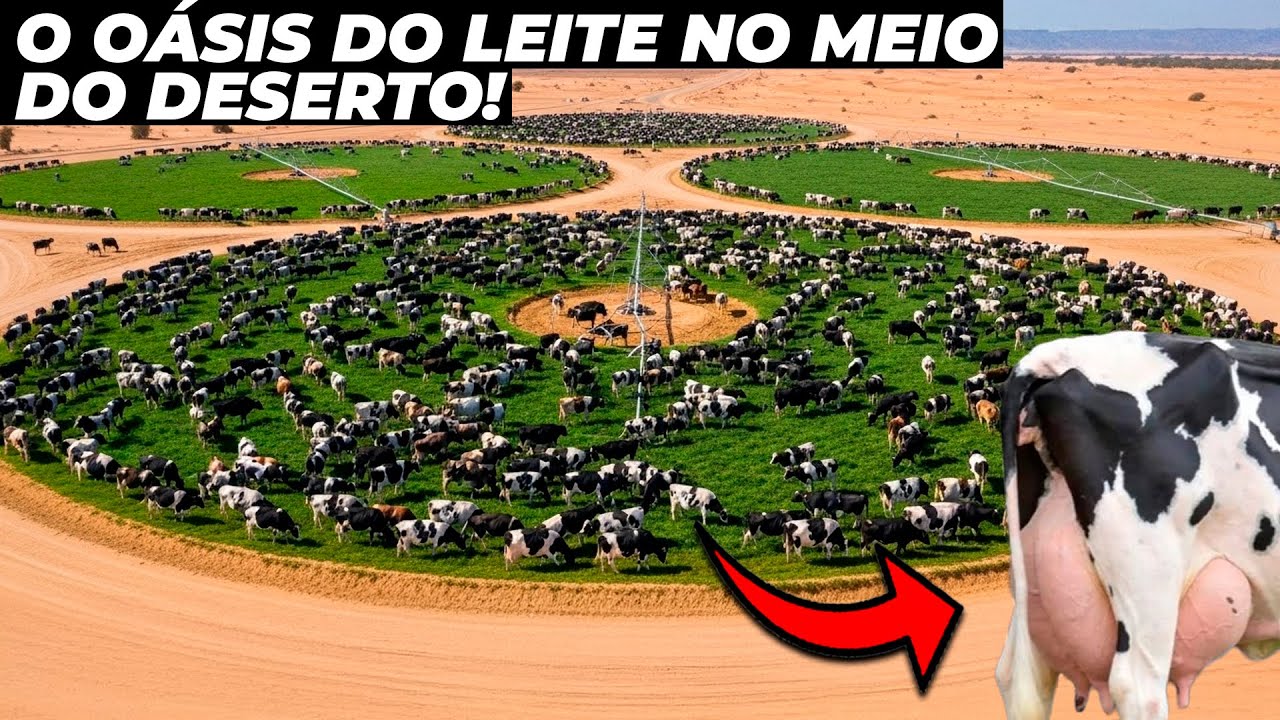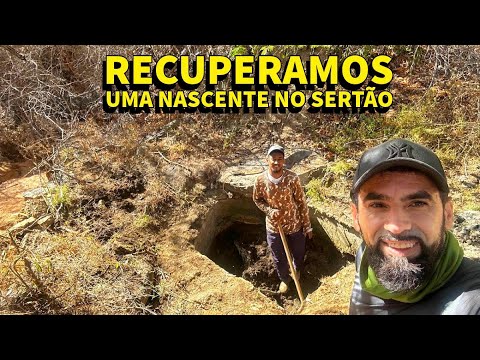CONHECENDO JERICÓ BÍBLICA! As muralhas de Josué, o Monte da Tentação e a Árvore de Zaqueu!
0Shalom and welcome back to Israel with Aline. Today we have a very special tour scheduled by an incredible biblical city, the city of Jericho. We are going to know the Mount of Temptation, the tree of Zacchaeus and also the walls from the time of Joshua. Then if You’re ready, let’s get started! Let’s start by telling you where we are, we are in the wilderness of Judea, at fifteen kilometers from the Dead Sea, and only ten kilometers from the Jordan border. The city of Jericho, it has some records. One of the records is for being the lowest city in the world. We are two hundred and sixty meters below the level of the sea and also this is the oldest city in the world that follows existing, and therefore the city of Jericho has a lot of history. More of ten thousand years of history to be quite honest, and many biblical passages also take place here in the city. And what does it mean the name of the city? Jericho in Hebrew is pronounced “Yericho” and can mean either the fragrant city or the city of the Moon, since in Hebrew “Yareach” means Moon. We’ve arrived at Tel El-Suttan also known as “Tel Yericho”, and what is Tel? Tel is a word used both in Arabic as in Hebrew, which is used to describe an archaeological hill. Yes, we have this concept here of so many archaeological sites that we have. How does thist happen? Think that we now have a city like The city of Jericho, mostly built in stone and the city now will be destroyed. Whether by war, or by an earthquake and the stones will be stacked, the next people to rebuild the city, they can either clean it up, or build on top of it. And what most people did in the biblical times, it was to build on top. So the city is being built one on top of the other and rising the city level, literally building hills of archaeological remains and that’s why we have here a whole hill of archaeological remains, since the city of Jericho was destroyed and rebuilt more than twenty times. And then this is exactly the oldest part of the city of Jericho. But when we arrive here at the Jericho excavations, what everyone wants to see are the walls of Joshua’s time. But let’s go back a little bit earlier in history to understand which walls we are talking about. The people of Israel were slaves in Egypt for four hundred years and after four hundred years, freedom finally arrives, and the people of Israel will wander in the wilderness for forty years. This wilderness today is where Jordan is. We can see it, right over here in the background, these mountains that already make part of Jordan and then, now for four hundred and forty years, the people finally can enter the land of Israel and sits here next to region of Gilgal and now they have a very difficult mission: come and reconquer the land of Israel, city after the city. Think that during these four hundred and forty years, the land will not remain empty. And yes, other people will live here, these are Canaanite peoples. And the first city to be reconquered, will be the city of Jericho, which has a great obstacle, a gigantic wall. And now we will know what probably are remains of that same wall. And here, then behind us, we can see the wall, or rather, the walls of Jericho. We are seeing here a colossal double wall. At it’s highest point it had a height of twelve meters high. Now we have a big problem in Jericho that not enough archeological excavations were made here, neither all of the excavations that were made are serious, and also there is a lot of political influence here in the excavations. So, we don’t have all the information yet to put together the puzzle, but let’s see what we do know of these excavations and, mainly, of this wall. And how will the reconquest work? Joshua send two spies to come and look the city of Jericho. These spies hide themselves in Rahab’s house, a prostitute, and when the king of Jericho hears that there are spies of the people of Israel, he sends his people to seek them out. So, the spies have to hide and they come out from Rahab’s house. “She then brought them down by a rope through the window. Because her house was over the wall of the city and she lived on the wall. “(Joshua 2:15) And how did this double wall work? We have a wall here on this side, the other wall here, and in the middle were placed houses, this was a technique known from that time. Now, who goes to literally want to live on the walls? People who didn’t have money, it means, that this is the cheapest area in the city, since you are less protected, you are exposed, literally, halfway out of the city, including and so it makes a lot of sense to the biblical narrative. When Rahab says that her family lived on the wall, probably refers to a wall like this one, if not the same, there are archaeologists who believe that this is the the very wall of Joshua’s time and we will see how more that wall and the destruction of the city fit with the biblical narrative. When they dug here, they found this destroyed wall, wich fits very well in the description of the book of Joshua. When we know that the people of Israel will go around seven times of the walls, blow the trumpets and the walls will fall. And, over that destruction, it was found a layer of ashes, because the city was burned. We can see clearly here underneath a black line, because the city was burned. But this is not a great indicator, because in what time, when a city was conquered, then it was burned down, that’s indicates the first thing that the destruction was not an earthquake and yes, it was a war. But when they found the city burned, they looked for things in those ashes and they have found food, objects, many, many things. This is not an ordinary thing for the time because when a people came to conquer the city, what would be the first thing they would do? Loot the city. So it’s conquer, loot and only then burn the city and not here, the city, was destroyed and burned before it was looted. This fits well with the biblical description, because Joshua says that it will be taken from the city the gold, the silver, the metals and iron. And that’s it. And so, the city was burned with everything inside and for that, the jars that were found here, full of food, especially of barley, are a very important archaeological evidence. And also, because it is barley it’s important, these barley jars were the ones that were more and more full because when is the harvest of barley here in this region? In the spring, and we know that when the people of Israel were here in the Gilgal camps, they celebrate the Jewish Passover, which is also known as the festival of spring. What means that they were here celebrating the festival of spring and then they come and conquer the city of Jericho, probably in the spring. And we know that this city was also destroyed in a spring. And not only the walls of the city of Jericho go fall as the city, it will be destroyed and burned, but not enough all of that, Joshua is going to curse the city in Joshua six, twenty-six and he says that every person who tries to rebuild Jericho will pay a price too expensive and he will pay this price on his firstborn son, and also his youngest son. And therefore, here in the excavations archaeological digs, they found a wall and a destroyed city, a layer of abandonment. What does that mean? If the city is not inhabited, the land will accumulating on top of it , then we have a few centuries of abandonment and then on top of it, we see that the city yes, will be rebuilt, it will be rebuilt by Hiel and as Joshua predicted, he will pay the price of two of his sons. We see more archaeological excavations here, and they are deeper than the excavations of the walls that we have seen just now. And what does this mean? It means that they are older, because when we talked about the “Tel”, the city is going to be destroyed and rebuilt, rebuilt and rebuilt. It means: how much deeper, older is the city. And this tower that we are seeing here guys, this circular tower, it is one of the first buildings in the city of Jericho. It is ten thousand years old history Look at the greatness of this city, one of the first cities in the world, the oldest city that follows existing. And we see here this colossal construction. And one of the ways that Jericho takes my breathe away is to think about one thing: when Joshua and the people of Israel arrive in this place, the city already had then, at that time, more than six thousand five hundred years of history, then pre-Joshua, this here it was already a millennial city and for us today of course, even more history is buried here and we hope that the archaeological digs follow, and that they can find more treasures that come out of those digs. So look at the incredible place that we are. We see here at background, the city of Jericho, the we can also see the mountains that today are the Jordan, but I want to go around with you on the other side because right there we see a mountain, but can you see that mountain that has a building on top? That mountain is called the Mount of Temptation, and that’s where we are going now. So come with me! the ascent on the Mount of Temptation, we are going to do with the cable car, which has a thousand, three hundred and thirty meters long. And it’s much easier than climbing this whole walk. And also we have a beautiful view, here from above. For example, we are now seeing here at our side “Tel Yericho”, where we were just a few minutes ago. And from up here, we also sees banana plantations and date palms, and because of the date palms, the city fairly is known in the Bible as the city of the palm trees. Here at the end of the cable car line, we has a beautiful view of the city of Jericho. However, we came in a special day, we came on a sandstorm day then the visibility is a little weird, a little bit different. So it seems that has a fog over it. This is really a storm of sand, there are days when it’s quite more intense. There are days when we can’t see anything here. So, today we can see some things. What we see very clearly are the Jordanian mountains, which we talked about before. But one of these mountains, a little bit further, north from here is Mount Nebo. Is the mountain where Moses goes to pass away. That is, Moses is going to lead the people of Israel there from Egypt for forty years in the desert, but he will pass away before entering in the land of Israel. So, in these mountains will be where Moses will look to the land of Israel, he will even get to see the city of Jericho, but he does not enter, and now we continue our walk to the monastery entrance. But why is this hill called the Mount of Temptation? The name is because of the temptation of Jesus. Two parts of it happened here. The first happened here in this part that we are watching here at this side, which are the forty days and forty nights that Jesus goes to fast, and in the place where Jesus did his fasting, monks begin to come to and live here since the Byzantine Period, a form of life completely isolated from society. Come with me, I want to show you. We can see here that the mountain has dozens, if not hundreds of caves, and these monks start to come to live inside these caves. And they live in a completely hermit way, isolated from the outside world and the only connection that they have with the world are among them on Sundays, they start building stairs and connections. And they begin to join the Sundays for collective prayers, and this system is called “Laurot” and now what happens is that this “Laurot” system is growing, growing, growing and it gives rise to a monastery, and so, here above is the Monastery of Temptation and also according to Christian tradition, it was on the same hill where happend Jesus’ third and last temptation Jesus goes through several and several times here in the city of Jericho, Why is that? Because this city connects Galilee, which is the region where he lived to the city of Jerusalem, which is the center of the people of Israel and where was the Temple of Jerusalem. So Jesus was passing through Jericho on their comings and goings between Galilee and Jerusalem. And as time goes by, the ministry of Jesus grows, and he begins to be very well known, and he passes here through the streets of Jericho and the crowds follow him. Because everyone wants to see, wants to know who is this Jesus, they want to talk with him, they want to make requests and there was a man who really wanted to, very much to see Jesus. And this man is called Zacchaeus, there is only one little problem, that the Bible itself tells us, that Zacchaeus was of short stature and in the crowd he couldn’t see Jesus, so what does he do? He climbs a tree, a wild fig tree, also known as a sycamore tree, and he climbs up this tree, look at Jesus from above, and then Jesus speaks the following: “Zacchaeus come down quickly, because today it is fitting me to stay at your house”(Luke 19: 5) and Zacchaeus, hearing this, he came down from the tree and he promises to give half of his goods to the poor, and he also says that if he ever he took something that did not belong to him he was going to return it, and return it quadruple, return four times more. And then where is the tree that Zacchaeus climbed? According to the local tradition the locals say that this is the same tree that Zacchaeus climbed and it is really ancient, but we don’t really know if it’s that tree or not, but from a way or another, we can look at this tree and see how the sycamore, the brava fig tree to whom Zacchaeus ascended, seemed. I want to thank the Office of Representation of Brazil in Palestine and to Ambassador Alessandro Candeas, for all support and for helping us to turn these chapters into the Palestinian authority into reality, and special thanks to you who are watching us. Don’t forget to like this video, and to subscribe to the channel for more videos like this A big kiss and I see you in the next time!









